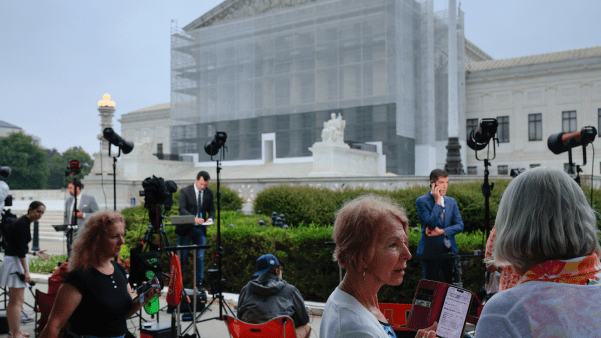Saddleback has equipped countless individuals to discover their “shape” for ministry. But there is a different kind of shape being overlooked by most church leaders today.
Do you know the shape of your church? Just like people, no two churches are alike. And just as it is important for individuals to discover and develop their unique contribution to the body of Christ, churches can be dramatically more effective by discovering and developing their unique contribution to the kingdom.
Consider for a moment how uniqueness permeates God’s plan. No two snowflakes are identical. Each sunset brings its own dash of originality. Whether in the elements of nature, the workmanship of each human being, or every believer’s experience of grace, God is never in the mass-production business. Somehow, through his infinite creativity and untiring genius, God delights in making things stunningly unique!
Yet often church leaders act as if there is a divine cookie-cutter out there for their church. Did God roll a photocopy machine into heaven’s workshop when the church was born at Pentecost? When leaders fall prey to this temptation, I call it “unoriginal sin.”
Imagine the list of leadership blunders that comes from a failure to consider a church’s uniqueness. Leaders will:
- Grow tired, trying to be “all things to all people.”
- Stay anxious, attempting to imitate what works at other churches.
- Get distracted, unable to distinguish good ministry from great ministry
- Feel stale, not sensing the personal voice of God.
- Lose influence, not rallying people to a specific, local vision.
For the last decade, I have walked alongside pastors to discern their church’s “shape” I call this process the Vision Pathway and explain it in my book Church Unique . Any pastor at any time can begin to walk this pathway through the simple habits of discernment: prayer, study, asking questions, and listening.
Your Kingdom Concept So where do you start?
The Vision Pathway unfolds in three movements, starting with the discovery of your Kingdom Concept. Imagine being so clear about your identity as a church that you can answer the question, “What can our church do better than 10,000 others?” How you answer this question becomes a litmus test for clarity. Many churches report a vision to “glorify God” or state their mission to “make disciples.” But your Kingdom Concept goes deeper. It asks how your church glorifies God and makes disciples. It defines what I call the “great permission” within the Great Commission and your church’s slice of the kingdom pie.
To illustrate the Kingdom Concept, consider three brief examples. A church in Las Vegas sees their location as a modern-day Nineveh and is driven by a calling to transform their city. A church in Austin, Texas, was frustrated by the inability of parents to disciple children at home, so the church reinvented its entire ministry strategy around a home-based initiative. A congregation in Ft. Lauderdale, Florida, realized that most of their leaders came to Christ as adults in a season of overt brokenness. This insight led them to change the name of their church and redirect resources to have a larger recovery ministry in the community. All of these churches are accomplishing the purposes of the church, but each in a nuanced way, each according to their “shape.”
What is your church’s “shape?”
Whatever the answer, the discovery process will clarify vision and release new levels of energy in your church. It’s your choice. Do you want to be “Church Generic” and have the impact of a diffuse fluorescent light? Or do you want to be “Church Unique” and see your mission go the distance of a laser beam? Knowing your church’s shape can dramatically increase your leadership influence in the congregation and your church’s impact in the community.
Will Mancini is founder of the church consulting ministry Auxano and blogs at Clarity Evangelist.
© 2010 ChurchCentral.com








